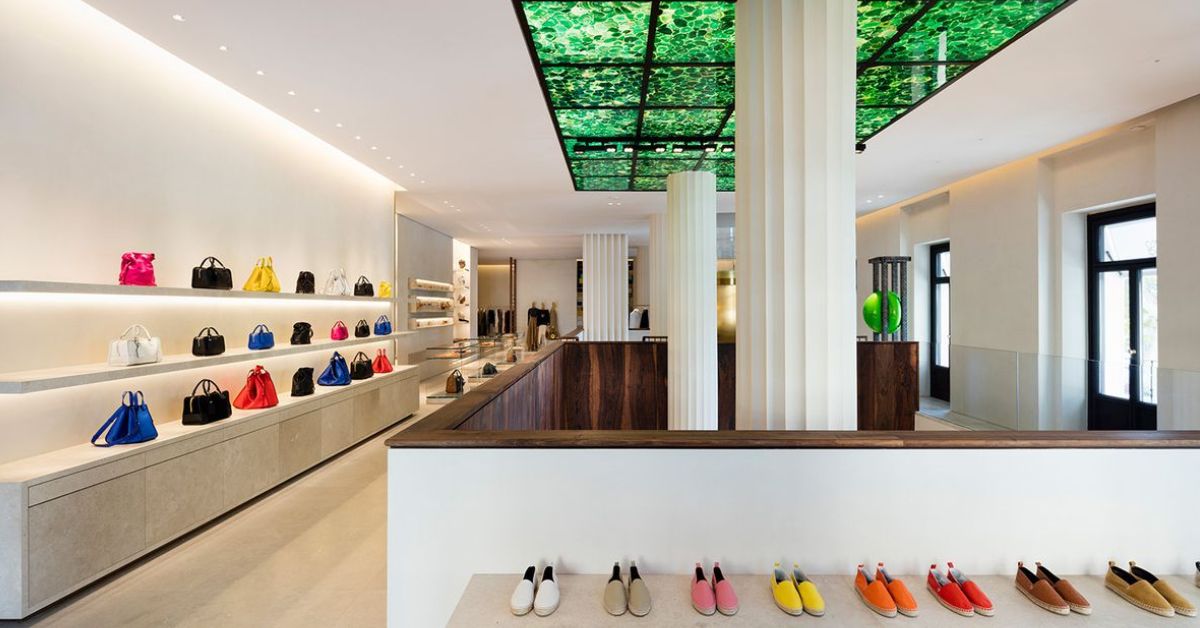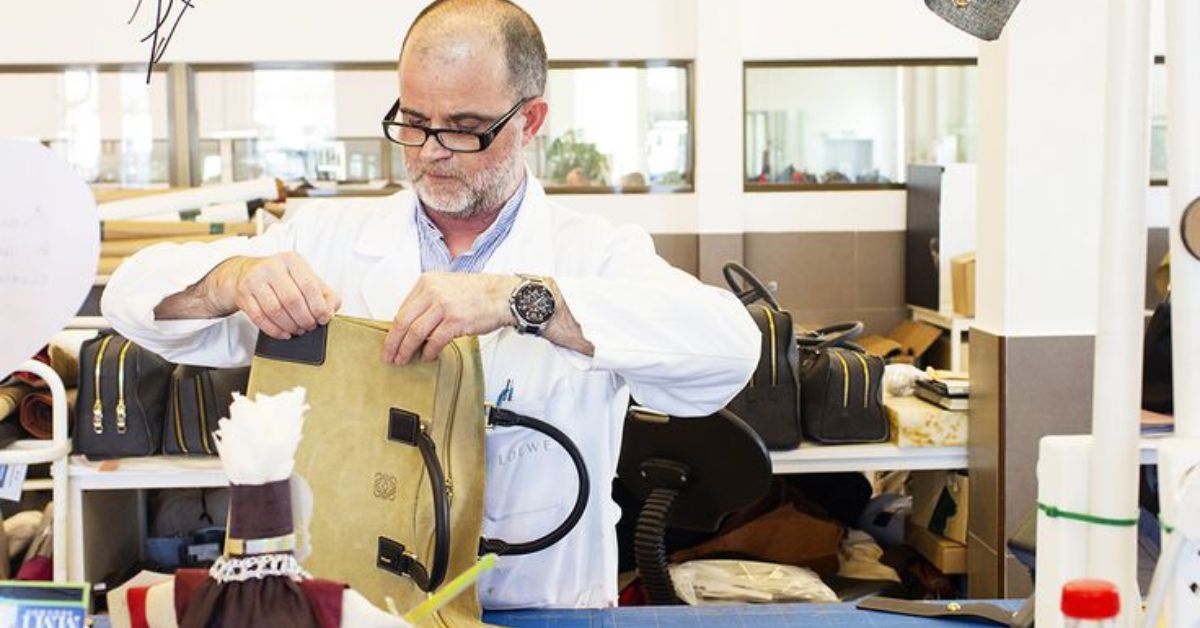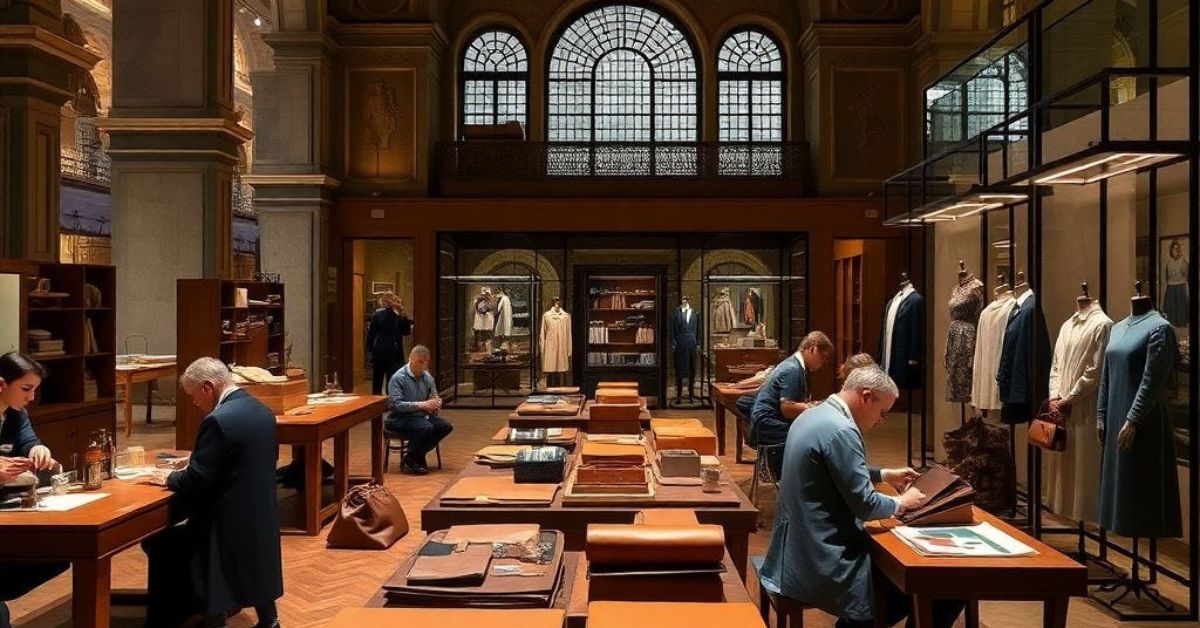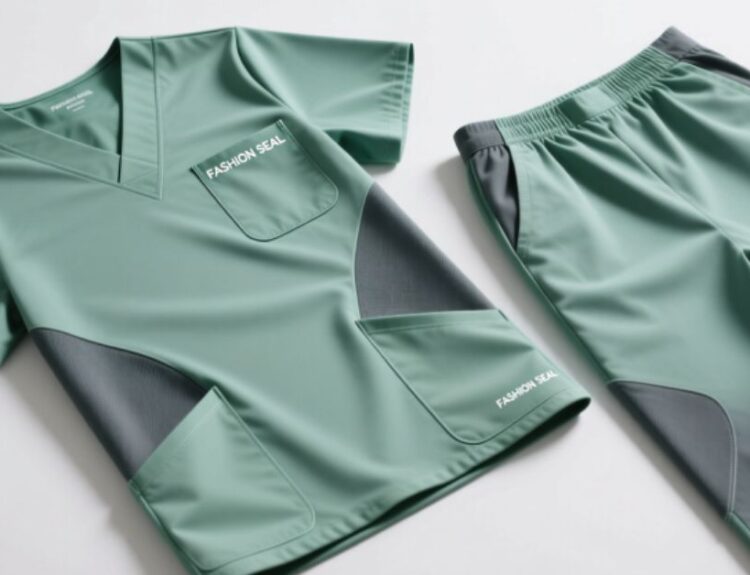Have you ever found yourself working on a crossword puzzle, only to be stumped by a clue about fashion? A common one that trips up even seasoned solvers is “luxury fashion house founded in Madrid crossword.” The answer, a name synonymous with Spanish elegance and unparalleled craftsmanship, is Loewe. But this brand is so much more than just a five-letter solution to a puzzle.
Loewe (pronounced lo-weh-vay) represents a deep history rooted in artisanal tradition, evolving over centuries to become a global leader in high fashion. This article will explore the fascinating story of Loewe, from its humble beginnings in a Madrid workshop to its current status as a creative powerhouse. We will look into its iconic designs, its commitment to craft, and its enduring influence on the fashion world.
The Origins of a Spanish Icon
Loewe’s story begins in 1846 in Madrid, Spain. A group of Spanish leather craftsmen established a workshop on Lobo Street (now Echegaray Street), a bustling commercial area. Their reputation for creating high-quality leather goods, such as wallets and bags, grew steadily among the local clientele.
The pivotal moment for the brand came in 1872 when Enrique Loewe Roessberg, a German artisan with a passion for leather, joined the workshop. His meticulous techniques and ambitious vision transformed the small collective. He consolidated the operation under his name, establishing the Loewe brand and laying the foundation for a legacy of luxury. His influence helped the brand gain favor with Spanish royalty, and in 1905, King Alfonso XIII granted Loewe the title of “Supplier to the Royal Court.”

Milestones in Loewe’s Illustrious History
From a royal supplier to a global fashion force, Loewe’s journey is marked by significant innovation and expansion. The brand has consistently balanced its heritage of craftsmanship with a forward-thinking approach to design.
- 1940s-1950s: The brand expanded its offerings, introducing its first ready-to-wear collection and opening its landmark store on Madrid’s prestigious Gran Vía.
- 1960s: Loewe ventured into silk scarves and launched its first women’s fragrance, “L de Loewe,” broadening its appeal.
- 1970s: Artist Vicente Vela created the iconic “Anagram” logo, featuring four intertwined “L”s, which remains a symbol of the brand’s identity. The Amazona bag was also launched during this decade, becoming an instant classic.
- 1996: Loewe was acquired by the LVMH (Moët Hennessy Louis Vuitton) luxury conglomerate, a move that provided the resources for global expansion while preserving its unique Spanish character.
The Craft is the Core
At the heart of Loewe is an unwavering dedication to craftsmanship. This commitment is most evident in its masterful handling of leather. The brand is renowned for using the finest hides, particularly its signature napa leather, which is known for its incredible softness and suppleness.
The artisans at Loewe are true masters of their trade, with skills passed down through generations. Each product, from a small leather good to an intricate handbag, is a testament to their expertise. This focus on handcrafted quality is a key reason why solving the luxury fashion house founded in Madrid crossword clue leads you to a brand celebrated for its tangible excellence.
Evolution of a Creative Vision
Over the years, Loewe has been guided by several creative directors who have each left their mark while respecting its core values. The appointment of British designer Jonathan Anderson as Creative Director in 2013 heralded a new era for the house.
Anderson has been praised for his modern and intellectual approach. He successfully revitalized the brand by reinterpreting its archives for a contemporary audience. He introduced new iconic designs, such as the Puzzle bag and the Hammock bag, and infused the ready-to-wear collections with an artistic, androgynous sensibility. Under his leadership, Loewe has solidified its position as a culturally relevant and commercially successful fashion house.
READ MORE: You Need to Know About the Miss Colorado USA Pageant
Iconic Designs That Define the Brand
A luxury brand is often defined by its most recognizable products. For Loewe, several key pieces have achieved iconic status, beloved by fashion enthusiasts worldwide.
| Bag Name | Year Introduced | Key Features |
| Amazona Bag | 1975 | A soft, rectangular satchel designed for the modern working woman. It features top handles, a padlock, and a minimalist structure, symbolizing independence. |
| Flamenco Bag | 1984 | Known for its soft pleats and drawstring closure that cinches the bag shut like a flamenco dancer’s skirt. It is celebrated for its fluid, unstructured shape. |
| Puzzle Bag | 2015 | Jonathan Anderson’s first major bag design for Loewe. It has a distinctive geometric construction that allows it to be worn in five different ways, showcasing innovative design. |
| Gate Bag | 2018 | A saddle-shaped crossbody bag featuring a signature knotted leather strap and a side-latched metallic pin that gives the bag its name. |
These designs showcase Loewe’s ability to blend functionality with high-concept artistry, making them more than just accessories. They are pieces of wearable art that tell a story of tradition and innovation.

More Than a Fashion House
Loewe’s influence extends beyond the runway. The brand has a deep connection to art and culture, often collaborating with artists and artisans from various disciplines. The Loewe Foundation, established in 1988, plays a crucial role in promoting creativity.
One of its most significant initiatives is the Loewe Foundation Craft Prize, an annual international award celebrating excellence in modern craftsmanship. This prize honors artisans who demonstrate artistic vision and innovation in their work, reinforcing the brand’s commitment to preserving and championing handmade traditions. This cultural engagement shows that the answer to the luxury fashion house founded in Madrid crossword clue is a brand deeply invested in the global creative community.
Today, Loewe stands as a powerful symbol of Spanish luxury. It has masterfully navigated the demands of the modern fashion industry while remaining true to its origins. From a small leather workshop in Madrid to a global phenomenon, the house of Loewe continues to craft the future of fashion, one exquisite piece at a time.
Frequently Asked Questions (FAQs)
1. What is Loewe best known for?
Loewe is most famous for its exceptionally high-quality leather goods, particularly its innovative and beautifully crafted handbags like the Puzzle and Amazona bags.
2. Where are Loewe products made?
The majority of Loewe’s leather goods are still expertly crafted in its workshops in Madrid, Spain, maintaining its heritage of Spanish artisanship.
3. What does the name “Loewe” mean?
“Loewe” is a German surname meaning “lion.” It was adopted as the brand name when German craftsman Enrique Loewe Roessberg took over the original Spanish workshop.
4. Is Loewe considered a top-tier luxury brand?
Yes, Loewe is firmly positioned as a top-tier luxury brand, sitting alongside other major European fashion houses within the prestigious LVMH group.
5. How has Jonathan Anderson changed Loewe?
Jonathan Anderson has modernized Loewe by infusing it with a contemporary, artistic, and often playful aesthetic while re-emphasizing its core identity of superlative craft.







